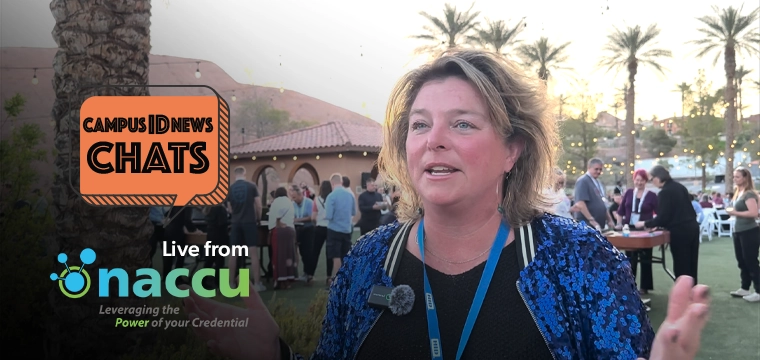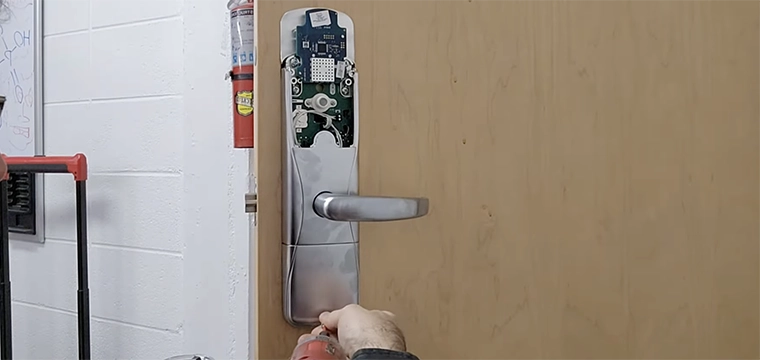 The average college student graduates more than $20,000 in debt. By itself, this fact should be sufficient to convince even skeptics that financial literacy education is needed by today’s college students. But also consider the following staggering numbers:
The average college student graduates more than $20,000 in debt. By itself, this fact should be sufficient to convince even skeptics that financial literacy education is needed by today’s college students. But also consider the following staggering numbers:
(* All statistics provided by Nellie Mae, except debit card usage provided by Student Monitor.)
The percentage of that debt that is carried on credit cards is rising significantly compared to the percentage owed to student loans. Credit cards are not a cost effective tool for financing a college education. They are designed for shorter term consumer-type purchases. When used in this manner, they can be a cost-effective tool for budgeting and purchasing. But as a long term financing tool, credit cards are extremely costly. Paying off the $20,000 debt accumulated during school is challenging, but it is made worse as the volume of this debt owed to high-interest credit cards rises.
According to Marie O’Malley, Vice President Marketing for student loan organization Nellie Mae, “undergraduate students’ use of credit cards is at an all-time high. This growing trend - the easy use of credit by the un- and under-employed student population - has generated concern about the impact of credit card availability and the subsequent indebtedness accumulated by students.”
Certainly, debit card products are a positive tool for managing educational spending. They prevent debt accrual but they do not enable the financing that many cash-strapped students require. Unfortunately, too many students simply don’t understand the costs and perils associated with different payment options.
Using credit cards wisely can be a positive experience for a college student, helping build both responsibility and a solid credit history. Using it unwisely, however, can lead to years of burdensome payments, bad credit history, and bankruptcy.
Student loans are designed for long-term deferred payback. Credit cards, however, require regular monthly payments. They are designed for people with income streams, something many student credit card users lack. Adds, Ms. O’Malley, “payment deferral, graduated payment plans, interest subsidy and required counseling are not part of the credit card package. The purchasing power of credit cards can be irresistible to cash-strapped students who have not been taught about interest accrual, penalty fees and rate increases.”
But who should teach the student about financial literacy? It is easy to argue that a student should arrive on campus with these fundamental life skills–that parents, the high school, or others should have already instilled these concepts. But the statistics suggest otherwise–too many students arrive unprepared. Some campuses have built courses or seminars around the topic that are optional, or even mandatory. But still the vast majority of students are left to learn through experience–often learning the hard way.
There is a growing trend among banking partnership providers to offer this financial literacy education as a part of the sponsorship package provided to the campus. Bank-sponsored seminars, workshops, and educational materials can be a great means to educate a student market. Literature distributed via the card office, bank locations, the web, and in monthly statements can introduce or reinforce messages. Videotaped workshops can be re-shown over and over on campus cable television.
Talk with your bank partner to find out about their willingness and ability to assist with financial literacy education. If you are drafting an RFP or evaluating potential partners, be sure not to overlook this crucial student service. It may be the single most important lesson a student learns in college.




